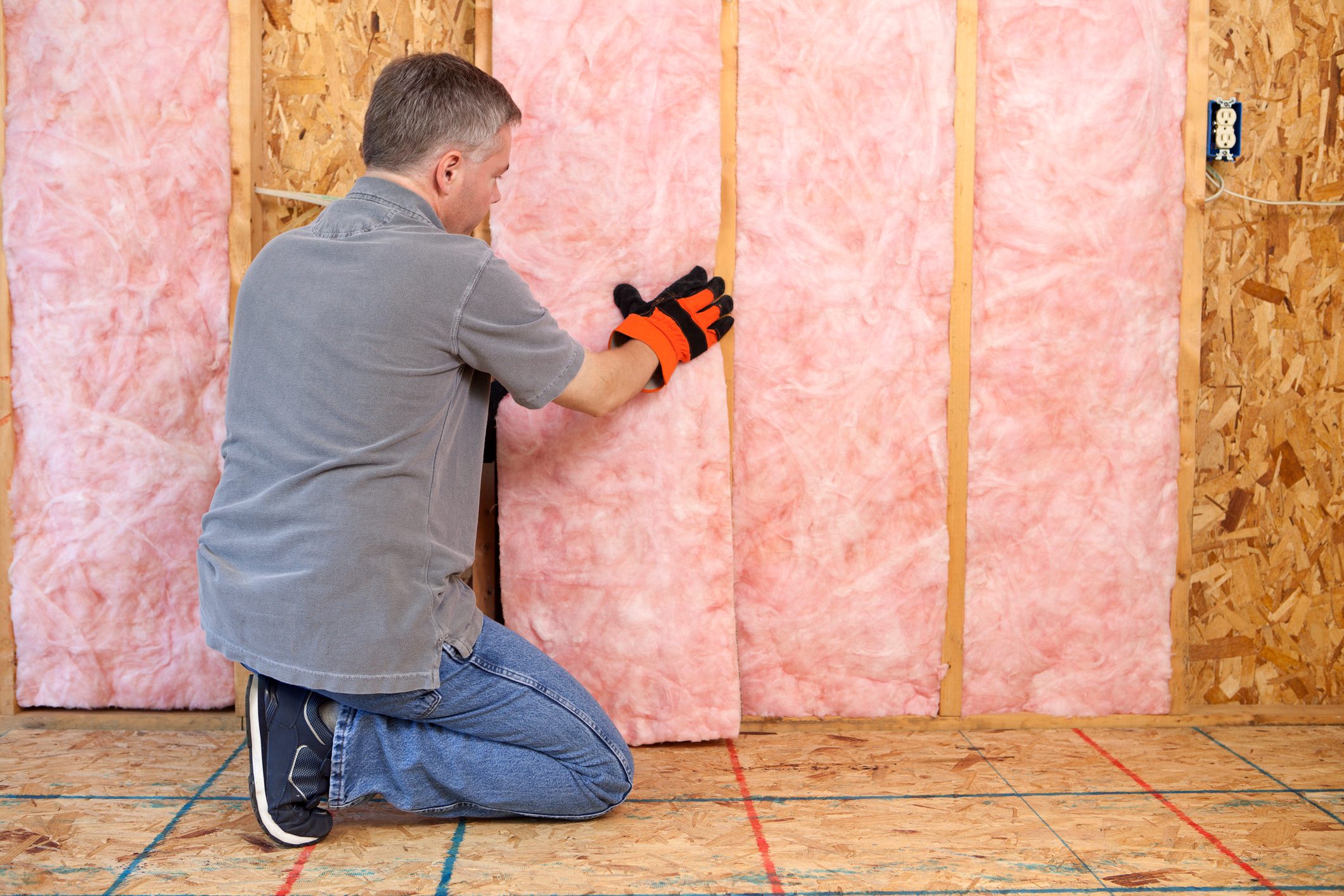Besides protecting the environment, these sustainable home insulation options will improve the energy efficiency of your home.

5 Types of Sustainable Home Insulation

Most homeowners know house insulation impacts your home’s energy efficiency and sound barriers. But it also affects our environment and health.
If you notice your home doesn’t regulate temperatures well, amplifies sounds and feels drafty — all contributing to an extremely high energy bill — you may want to evaluate your insulation. A poorly-insulated house releases more greenhouse gases because your HVAC system works much harder to maintain your desired temperatures.
To learn about the best insulation options, I talked with Tony Leiner, owner of Whole House Insulation, Inc. in Milwaukee, Wisconsin with 41 years in the industry. His advice to homeowners: “Do your homework on different insulations and know what chemicals you’re exposing yourself and others to.”
The good news is, we’ve come a long way with insulation. We’re no longer stuck with products packed with toxic and carcinogenic fumes. Without compromising efficiency, here are some sustainable home insulation options that are safe, good for the environment and insulate really well.
Cellulose Insulation
A green product derived from recycled materials, cellulose insulation comes in loose-fill or blown-in formats. Treated with boric acid to repel mold and pests, it’s safer to install than fiberglass because it’s non-combustible and doesn’t contain carcinogens or gases.
Cellulose provides a good sound barrier and costs about the same as fiberglass.
“This insulation provides thermal protection, and our customers are happy with the product,” Leneir says. “New construction is beginning to use cellulose insulation because it is better for the environment and is the best product to install.”
Every insulation product comes with an R-value, required by local building codes, that illustrates how well it insulates. It refers to the resistance (hence the “R”) of heat transfer from hot to cold air, or how well the material resists this transfer. The higher the number, the more thermal-resistant it is. Required R-values vary by region and climate, and in most cases you’ll need some depth to meet the code requirements.
Cellulose has an R-value of 3.5 per inch of insulation, so six inches gives you a total R-value of 21.
Mineral Wool Insulation

Also known by the brand name Rockwool, manufacturers create this by melting basalt rock together with slag — a byproduct of the copper and steel industry — and spinning the resulting material into fibers.
The fibers are then woven into batts, about the same size as fiberglass batt insulation but denser. Mineral wool also repels water so mold can’t grow on these batts. Their extra bulk also provides better soundproofing. Mineral wool batts are about 25 percent more expensive than fiberglass, however, with an R-value of 4.0 per inch.
Denim Insulation
Did you ever think those old jeans could someday become insulation for someone’s home?
Denim insulation, also known as UltraTouch Insulation, features 80% recycled denim jeans. It’s flame retardant and treated with boric acid, which prevents bacteria growth and repels bugs. Denim has properties that reduce the transfer of heat, making it a good barrier and a competitor of traditional fiberglass insulation.
Denim insulation comes in batts so it’s easy to install in walls, attic floors and ceilings, and has an R-value of 3.5 per inch. However, it tends to be 10% more expensive than fiberglass insulation.
Sheep’s Wool Insulation

Made of actual sheep’s wool, this insulation naturally collects humidity in the air while acting as a purifier. It’s made by cleaning and drying the wool, then combing the fibers to create multiple layers. Some manufacturers add a polyester adhesive to hold the layers together.
You can find it in batts or blown-in form, making it a good insulator for ceilings, floors, attics and walls. The R-value for sheep’s wool ranges from 3.5 to 3.8 per inch, and can be 25% to 50% more expensive than fiberglass.
Cork Insulation
Cork is derived from the bark on a specific type of oak tree from the Mediterranean and North Africa. Cork has natural anti-fungal, fire resistant and antimicrobial properties, so additional chemicals aren’t needed to make it an effective insulator in homes.
Cork insulation comes in boards with an R-value of 3.6 to 4.2 per inch. Though one of the most sustainable insulations, it can be expensive. Depending on the thickness of the corkboard, it will run you $4 to $12 per square foot, significantly more than fiberglass.




















